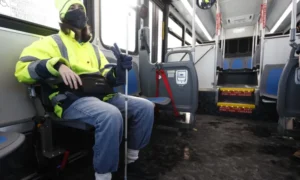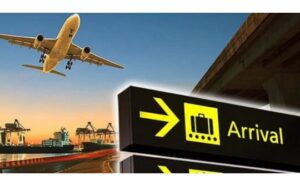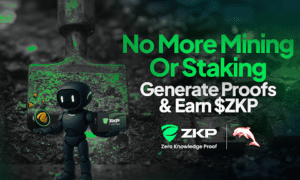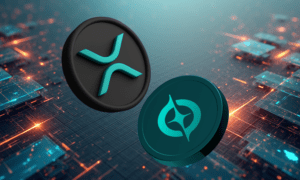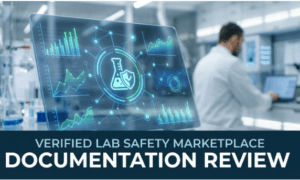Are you tired of spending hours in endless traffic jams, stuck bumper-to-bumper with no end in sight? We feel your pain. Transportation gridlock has become an all-too-familiar part of our daily lives, causing frustration and wasting precious time. But fear not! In this blog post, we will delve deep into the challenges that contribute to this transportation nightmare and explore potential solutions to help us navigate through the chaos. So buckle up and get ready for a journey filled with insights, revelations, and maybe even a glimmer of hope for a future where gridlock is nothing more than a distant memory.
Introduction to the Challenges of Transportation
Assuming that the average American commuter spends 26 minutes driving to work, that’s about 50 hours per year spent in traffic. In large metropolitan areas, that number can easily double. The time wasted sitting in traffic has a direct impact on productivity and job satisfaction, and the financial cost of these delays is significant. According to the Texas Transportation Institute, the annual cost of congestion in the United States is $121 billion.
There are many factors that contribute to our nation’s transportation problems. An aging infrastructure, increased population density, and a lack of investment in public transit are all major issues. But perhaps the most significant challenge is the way we fund transportation projects.
The vast majority of funding for roads comes from fuel taxes, which have not been increased in over 20 years. As a result, there is not enough money to keep up with maintenance and repair needs, let alone make needed improvements or expansions. In addition, the federal government provides very little funding for public transit, leaving states and localities to shoulder most of the burden. This has resulted in a patchwork system of transit options that is often inadequate and unreliable.
These challenges are not insurmountable, but they will require creative solutions and a willingness to invest in our nation’s future. With so much at stake, it’s time to get moving on finding a way forward.
Causes of Gridlock: Infrastructure, Population Growth, and Automation
There are a number of causes of gridlock, including infrastructure, population growth, and automation.
Infrastructure: One of the primary causes of gridlock is inadequate infrastructure. This includes both the physical infrastructure, such as roads and bridges, and the organizational infrastructure, such as traffic signals and signage. When roads are poorly designed or maintained, it can lead to bottlenecks and congestion. Population Growth: Another significant cause of gridlock is population growth. As more people move into an area, there are more vehicles on the road competing for space. This can lead to increased congestion and longer travel times. Automation: A third cause of gridlock is automation. With more vehicles being equipped with advanced driver assistance systems (ADAS) and autonomous features, there is potential for increased traffic congestion as these vehicles communicate with each other and make decisions about route planning and speed control.
Solutions to Reduce Gridlock: Improved Public Transit Options, Carpooling, and Telecommuting
Public transit is one of the most effective ways to reduce gridlock. By providing more reliable and efficient service, public transit can attract people out of their cars and onto buses and trains. Carpooling is another great way to reduce gridlock. When people carpool, they can share the cost of gas and parking, and they can take turns driving, which reduces the number of vehicles on the road. Telecommuting is another solution that can help reduce gridlock. When people telecommute, they work from home instead of commuting to an office. This reduces the number of cars on the road and helps ease congestion.
Benefits of Reducing Gridlock: Less Pollution, Reduced Congestion, and Increased Traffic Safety
We’re all familiar with the feeling of being stuck in a traffic jam. It’s frustrating, time-consuming, and can even be dangerous. But what if we could reduce the amount of gridlock on our roads? It turns out that there are some significant benefits to be gained.
One of the most obvious benefits is that reducing gridlock would lead to less pollution. With cars and trucks sitting idle in traffic, they’re emitting harmful pollutants into the air that we all have to breathe. By reducing the amount of time these vehicles are stopped, we can significantly reduce the amount of pollution they’re producing.
In addition to reducing pollution, reducing gridlock would also help reduce congestion. This is especially important in urban areas, where roads are often overwhelmed by the sheer volume of traffic. By relieving some of the pressure on these roads, we can help keep traffic moving more smoothly overall.
Increasing traffic safety is another key benefit of reducing gridlock. When vehicles are stopped or moving slowly, the risk of accidents increases. By keeping traffic moving at a steady pace, we can help make our roads safer for everyone involved.
Technology Solutions for Reducing Gridlock: Smart Traffic Signals and Autonomous Vehicles
Technology solutions for reducing gridlock are many and varied, but two of the most promising are smart traffic signals and autonomous vehicles.
Smart traffic signals use sensors and data to optimize the flow of traffic, reducing congestion and delays. For example, they can adjust timing based on the time of day or the amount of traffic on the road. Autonomous vehicles can also help reduce gridlock by communicating with each other and with infrastructure to avoid collisions and maximize efficiency.
Conclusion
Navigating gridlock can be an arduous task, but understanding the challenges of transportation is key. By identifying and addressing the issues that lead to traffic congestion, we can make a positive change in our cities. From technological advancements to improved public transit infrastructure, there are many solutions out there that will help reduce travel times, improve air quality, and ultimately benefit everyone who relies on transportation for their daily needs. With enough dedication and hard work, we can make sure our transportation systems remain reliable and efficient now and into the future.


